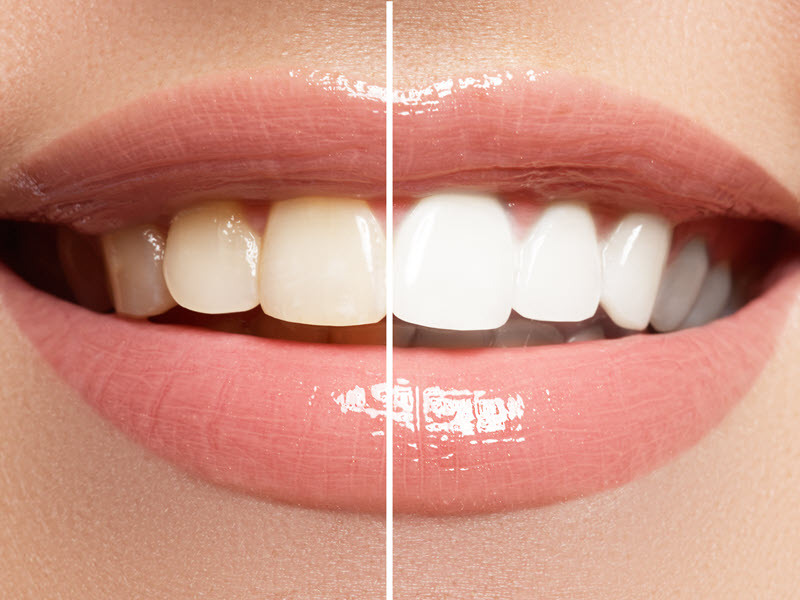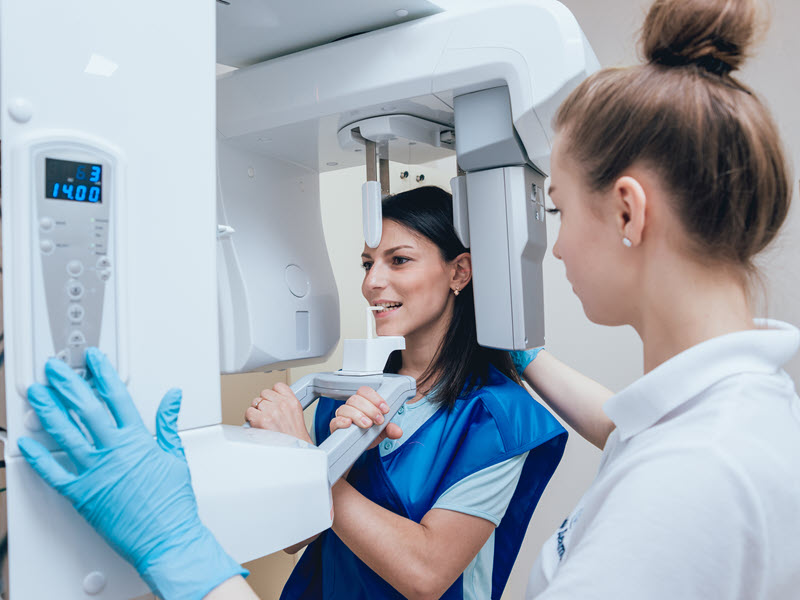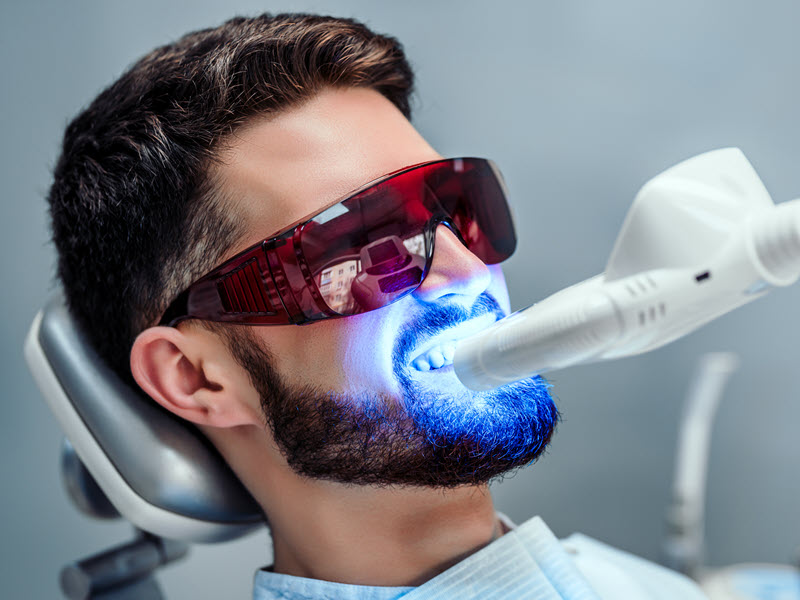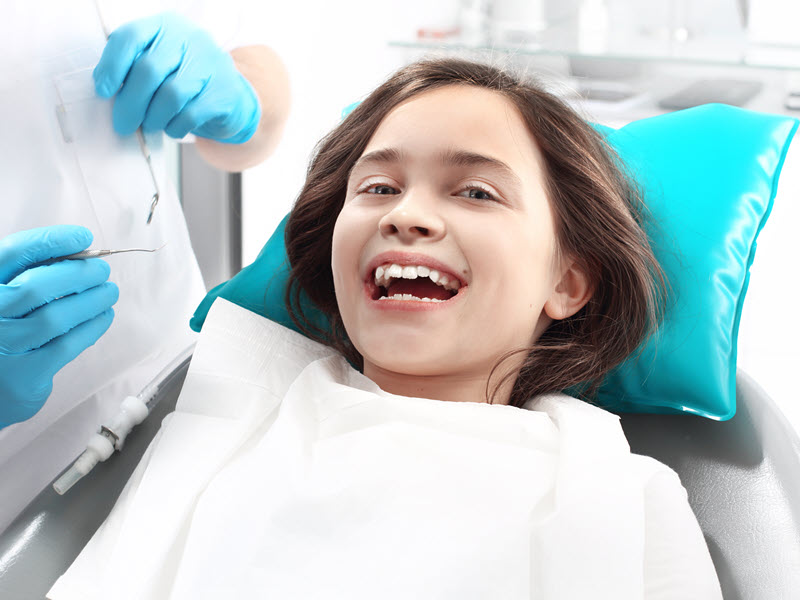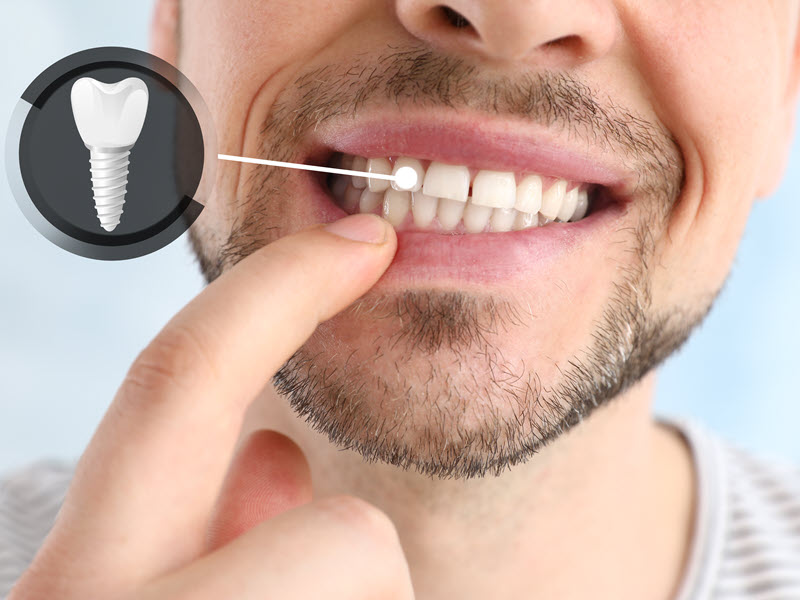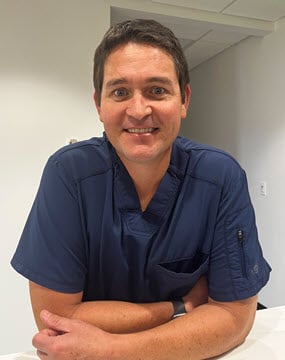Understanding the Perfect Bite
A perfect bite means your teeth fit together just right. It helps you chew well and keeps your mouth healthy. Let’s take a deep dive into what makes an ideal bite.
Ideal Occlusion
Ideal occlusion is essentially an ideal bite. This occurs when your top and bottom teeth line up well. Your upper teeth should slightly overlap the lower ones. This fit lets you chew food easily.
What a Good Bite Looks and Feels Like:
- Upper front teeth cover lower teeth a bit
- Molars fit together like puzzle pieces
- No gaps between teeth
- Teeth touch when you close your mouth
A proper bite helps you speak clearly too. It stops jaw pain and tooth wear.
Components of a Healthy Bite
A healthy bite has many parts working together. Your teeth, jaw, and muscles all play a role.
Elements behind a good bite:
- Straight teeth
- Strong jaw muscles
- Balanced bite force
- Proper jaw joint function
Your bite should feel comfy when you close your mouth. Chewing should be smooth and easy. A good bite helps keep your teeth clean too.
The Role of Genetics and Jaw Formation
Your genes affect your bite. They shape your jaw and how your teeth grow in. But other things matter too.
Factors that impact your bite:
- Family history – if your parents don’t have proper bite alignment or have a bite issue caused by crowded or crooked teeth, there’s a good chance you’ll have similar dental issues as well
- Childhood Developmental habits – Excessive thumb sucking and bottle feeding late during childhood can result in less than an ideal bite. You may suffer from overbite, underbite, crossbite or another bite problem.
- Jaw growth during youth – Jaw growth must allow for enough room for teeth to emerge to prevent an improper bite from occurring.
- Tooth loss or extra teeth – Tooth loss can result in shifting teeth, whereas extra teeth can cause crowding. Both situations can result in bite misalignment.
Some bite issues run in families. But you can fix many problems with the right care. Good habits in childhood can help form a better bite.
Types of Malocclusion
Teeth don’t always line up perfectly. Different issues can affect how your upper and lower teeth fit together. Let’s look at some common bite problems.
Identifying Overbite and Underbite
An overbite happens when your top teeth stick out too far. Your front teeth cover more of your bottom teeth than they should. This can make your chin look small.
An underbite is the opposite. Your lower teeth sit in front of your upper teeth. This can make your lower jaw look big. Both issues can cause problems with chewing and talking.
You might not notice a small overbite or underbite. But a big one can change how your face looks. It can also wear down your teeth faster.
Implications of Crossbite and Open Bite
A crossbite means some top teeth sit behind your bottom teeth. This can happen on one or both sides of your mouth. It may affect your front or back teeth.
An open bite leaves a gap between your top and bottom teeth when you close your mouth. This often happens with front teeth. It can make it hard to bite into food.
Both these issues can cause jaw pain. They may lead to chips or cracks in your teeth. You might find it tough to chew or speak clearly.
Effects of Crowding and Spacing Issues
Crowding happens when your teeth don’t have enough room. They may twist or overlap. This can make it hard to clean between your teeth.
Spacing issues leave gaps between your teeth. These gaps can trap food and lead to tooth decay. Both problems can affect how your smile looks.
Crowded or spaced teeth can change your bite. They may cause other teeth to shift out of place. This can lead to more bite problems over time.
Analyzing Bite Alignment
A perfect bite depends on how your teeth line up. Your top and bottom teeth need to fit together just right. Let’s look at the key parts of bite alignment.
Consequences of Misaligned Bite on Oral Health
A misaligned bite can hurt your oral health. It can make it hard to clean your teeth well. This leads to more plaque and a higher risk of cavities.
Misalignment can also cause jaw pain. You might get headaches or face pain too. Some people even have trouble chewing or speaking clearly.
Over time, a bad bite can wear down your teeth unevenly. This might lead to cracks or chips in your teeth. It can also cause gum problems and loose teeth.
Fixing your bite can help stop these issues. It can make your mouth healthier and more comfortable. You’ll find it easier to keep your teeth clean and cavity-free.
Common Issues and Complications
A perfect bite is rare. Many people face dental problems due to misaligned teeth. These issues can affect your health and daily life in several ways.
Tooth Decay and Gum Disease
Misaligned teeth make cleaning tough. Food gets stuck in hard-to-reach spots. This leads to plaque build-up. Plaque causes tooth decay and gum disease. You might notice swollen, red gums. Your gums may bleed when you brush. Bad breath is also common.
Left untreated, these problems get worse. You could lose teeth. Your gums might pull away from your teeth. This creates pockets where bacteria grow. Regular check-ups help catch these issues early.
Chronic Headaches and Jaw Pain
A bad bite puts stress on your jaw joints. This can cause pain in your face and head. You might hear clicking when you open your mouth. Jaw stiffness is also common. Some people find it hard to chew or yawn.
Temporomandibular joint disorder (TMJ) often results from bite problems. TMJ can cause ear pain and dizziness. You might feel pain in your neck and shoulders too. Fixing your bite can ease these symptoms.
Enamel Wear and Uneven Tooth Wear
A poor bite makes some teeth work harder than others. This leads to uneven wear. Your teeth might look shorter or flatter over time. Enamel, the hard outer layer of teeth, wears away faster.
Teeth grinding, or bruxism, often happens with bite issues. You might grind your teeth at night without knowing. This speeds up tooth wear. Your teeth may become sensitive to hot and cold. You could need crowns or other fixes to protect your teeth.
Orthodontic Treatments for Alignment
Orthodontic treatments can fix teeth alignment issues. They use different methods to move teeth into the right spots.
Clear Aligners
Here at Murphy Dental, we offer OrthoFX clear aligners to treat a variety of issues with bites – including overbites, under bites, crowded teeth, and crossbites.

OrthoFX clear aligners work to fix misaligned bite issues through a carefully planned and customized treatment process. Here’s an overview of how they function:
Custom Treatment Plan – The process begins at our Fort Collins Office with a dental exam. Our dentist, Dr. Murphy will do a comprehensive dental exam where your bite will be thoroughly examined. Dr. Murphy makes use of the latest technology which involves not only getting an x-ray, but also a detailed 3D scan of your teeth. From these scans, a customized treatment plan is developed. The plan involves mapping out the gradual movement of your teeth to correct the misaligned bite.
OrthoFX Clear Aligners Production – Based on the treatment plan, a series of clear aligners are created using OrthoFX’s proprietary FXTetra polymer. Each set of aligners is designed to move your teeth incrementally towards their ideal positions.
The OrthoFX Process – You will receive your first set of aligners which were custom developed for you, and they perfectly fit your teeth. You’ll wear this set of aligners for around two weeks – at which point they will be replaced by your next set of aligners. The aligners apply gentle, consistent pressure to gradually shift your teeth into proper alignment. You’ll only remove them for eating and to maintain your oral hygiene. During this process, you’ll have regular checkups with Doctor Murphy to ensure that you’re making progress and everything is on track. The entire process can take anywhere from six to twelve months depending on your particular needs.
>>> Learn How OrthoFX Can Give You the Perfect Bite <<<
Braces
Braces are another treatment option for bite correction. Typically used for younger patients or for moderate to more extreme bite issues, braces are a treatment option provided by orthodontists. Traditional braces have metal brackets and wires. They attach to your teeth and push them into place.
The good news is that braces have become smaller and less noticeable over time. Sometimes the brackets can be put on the inside of your teeth. Some brackets and wires are even tooth colored to help them blend better than they used to. That said, braces are still much more visible than clear aligners.
Braces are effective for treating underbites, overbites, and crowded teeth. An orthodontist can help you find the right braces for your particular needs.
Palatal Expander
A palatal expander is an orthodontic device designed to widen the upper jaw (maxilla) and palate. It is a custom made appliance that fits over several top teeth and across your palate. It typically consists of two halves connected by a screw in the middle. The device is gradually widened over time, usually by turning the screw with a special key, which applies gentle pressure to separate the two halves of the upper jaw.
A palatal expander can be used to treat crossbite, dental crowding and breathing issues. Palatal expanders are most effective in children and younger teenagers whose jaw bones are still growing and more malleable. They’re less commonly used in adults, as the jaw bones have fused and may require surgical intervention for significant expansion.
Surgery
Surgery might be required to fix improper bite alignment in severe cases where the misalignment is primarily due to skeletal issues rather than dental problems, or when the patient is an adult whose jaw growth is complete. In severe cases of malocclusion, such as significant overbites, underbites, or crossbites, the underlying cause may be a discrepancy in the size or position of the upper and lower jaws. Braces, clear aligners, and jaw expanders aren’t up to the task of fixing severe problems like this – making surgery a treatment option. Surgery involves repositioning the jaws to achieve proper alignment and function.
Post Treatment Retainer
Most orthodontic treatments require the use of a retainer. This prevents your teeth from shifting and maintains your properly aligned teeth. Right after an orthodontic treatment like braces or clear aligners, you may have to wear a removable retainer most of the time (except when eating or performing oral hygiene tasks). Eventually, after consulting with your dentist or orthodontist, retainers will only have to be worn at night in order to preserve perfect alignment of your teeth.
Don’t Wait to Fix Your Bite!
Going to your dentist for regular checkups can identify potential bite issues. These issues are much easier to correct when a child is younger and still growing – as opposed to when the child reaches adulthood. By the time one reaches adulthood, bite problems can be more severe and more difficult to correct with clear aligners or braces.
Frequently Asked Questions
Teeth alignment affects your bite, smile, and oral health. A good bite helps you chew food and speak clearly.
What is considered ideal teeth alignment in a dental perspective?
Perfect teeth alignment means your top and bottom teeth line up straight. Your upper front teeth should cover your lower teeth slightly. This lets you bite and chew food well.
What are the characteristics of a normal bite versus an overbite?
A normal bite has upper teeth that cover lower teeth by about 2-3 mm. An overbite happens when upper teeth cover lower teeth too much. This can cause jaw pain and wear on your teeth. shape.






